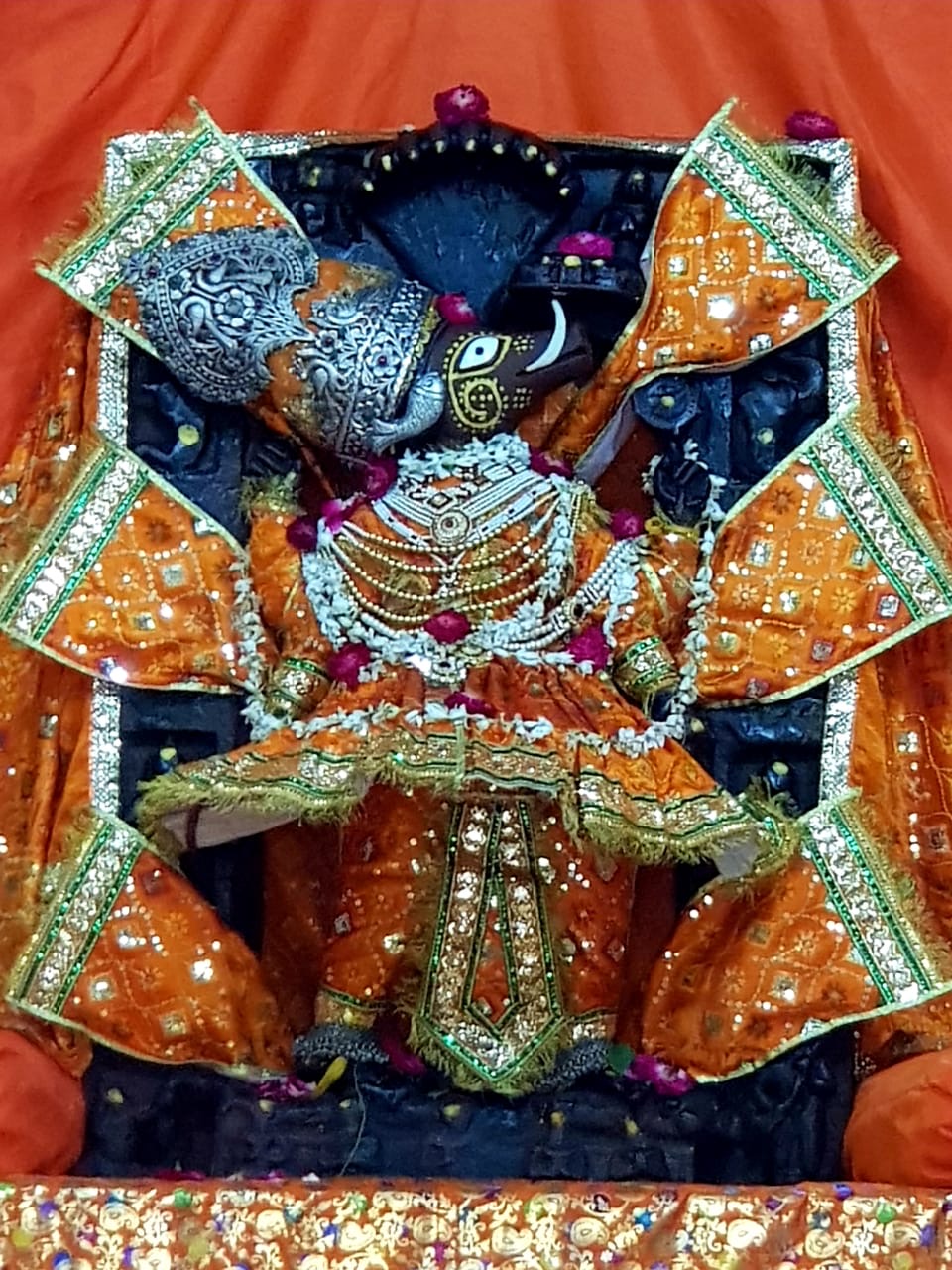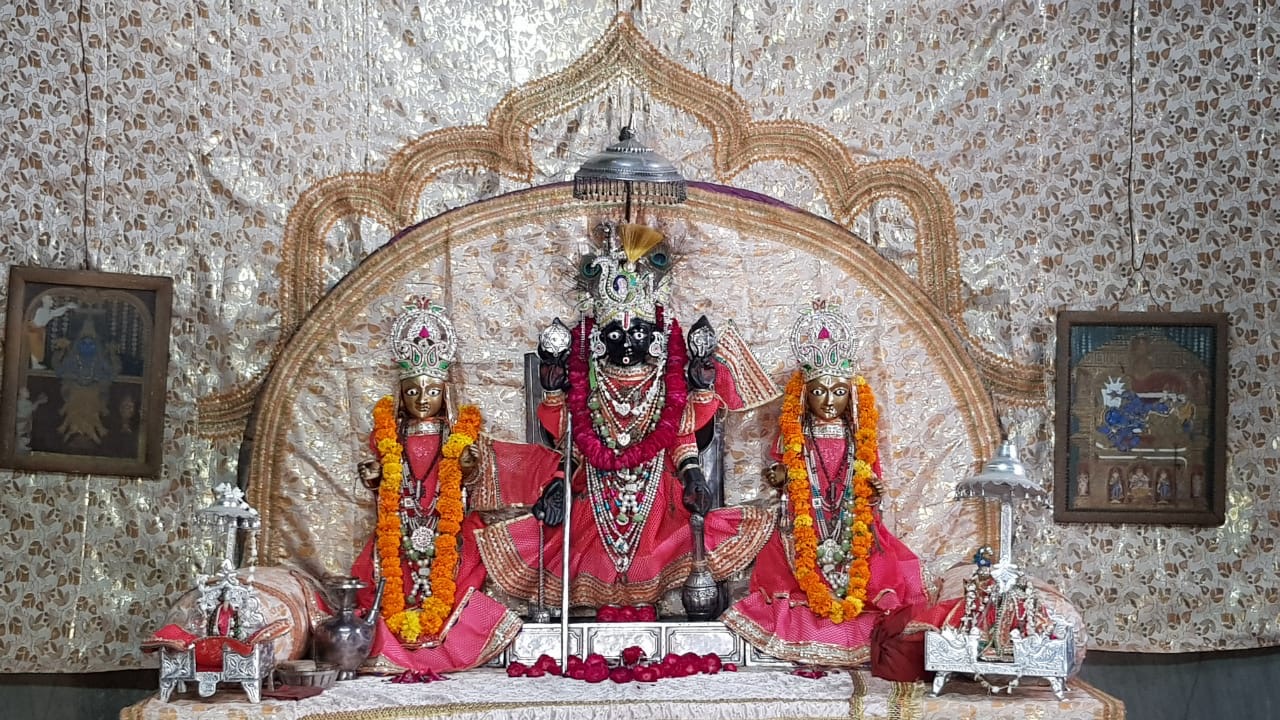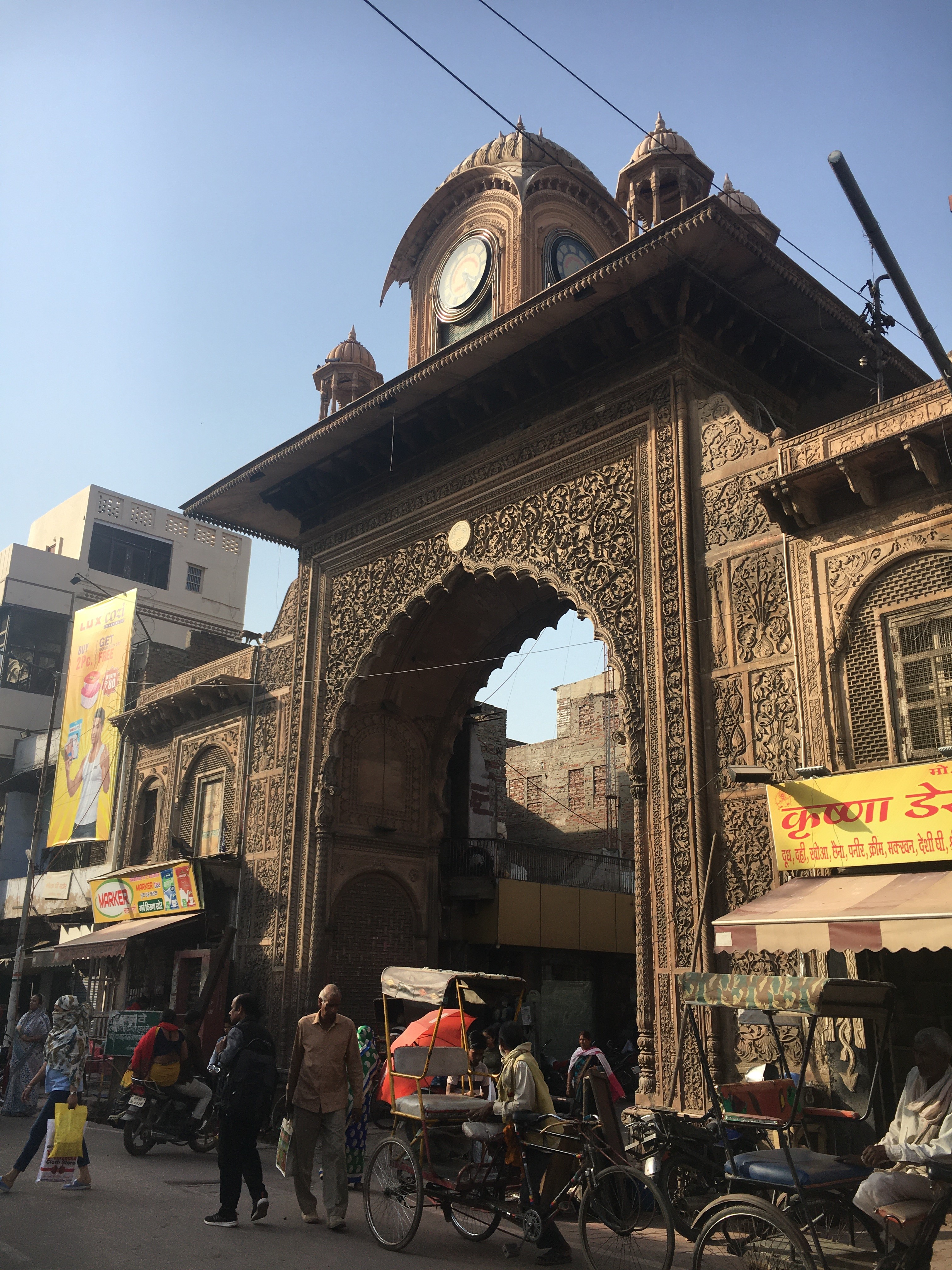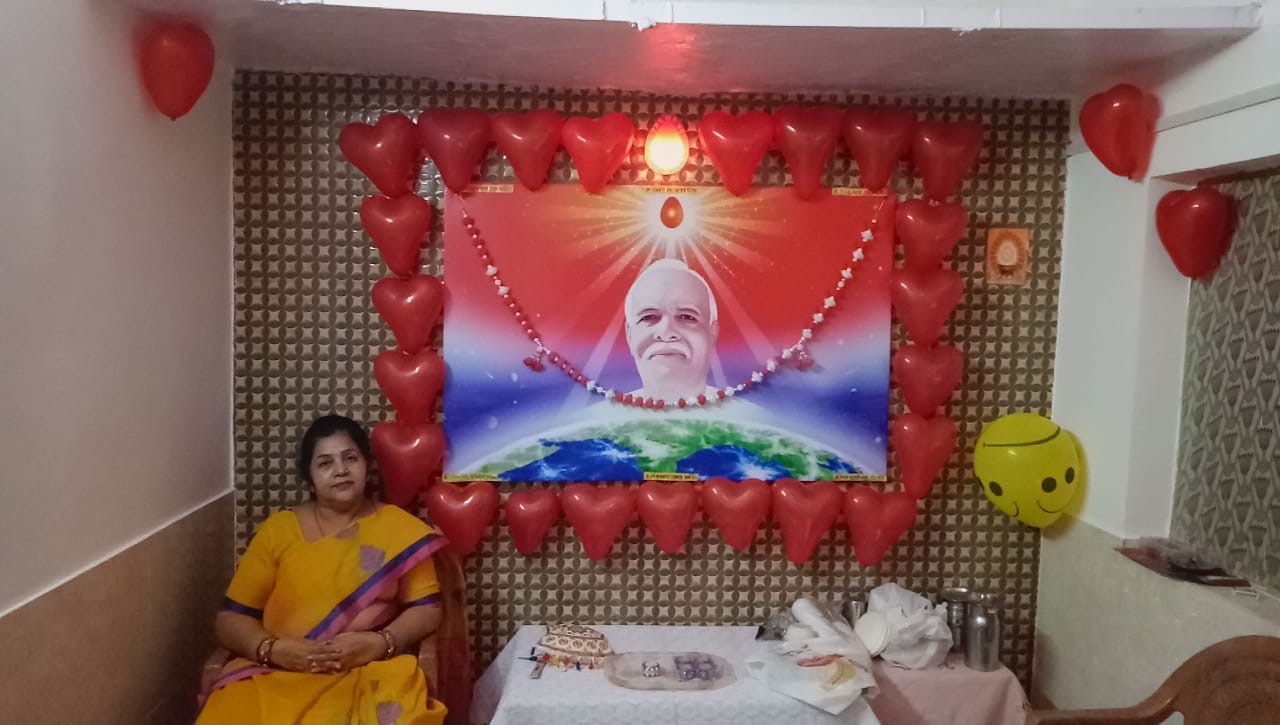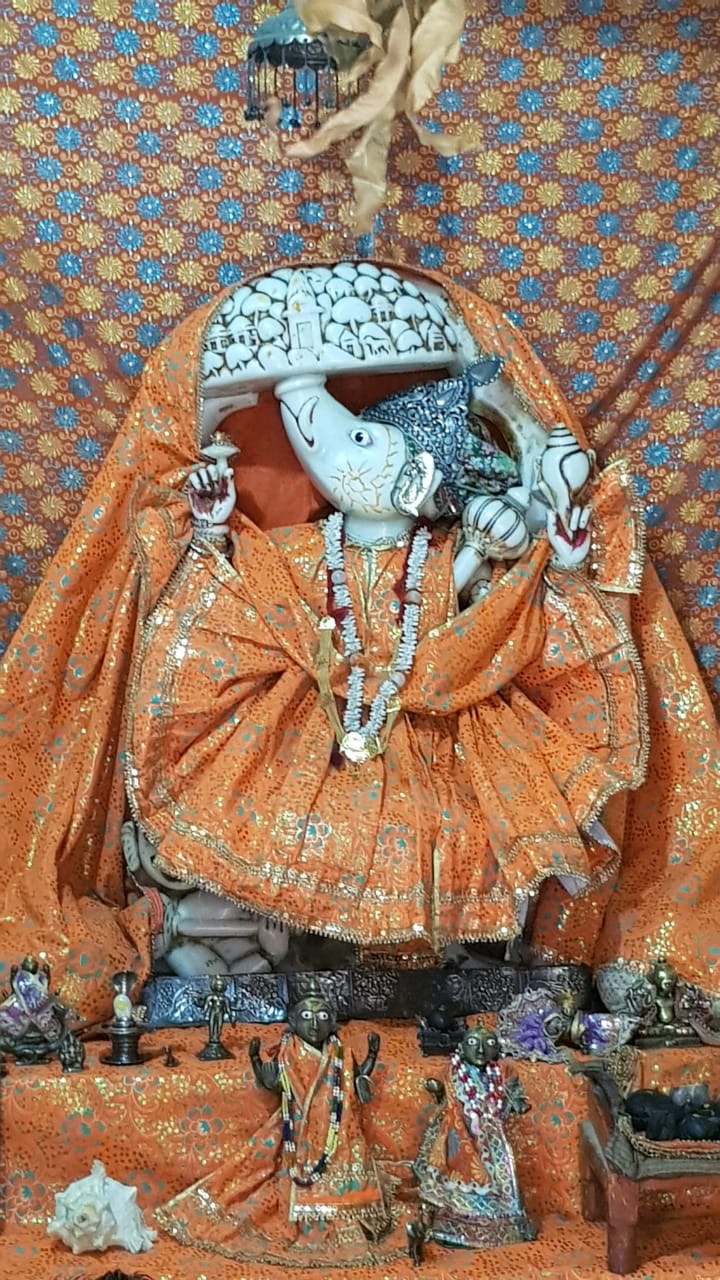Old Mathura
Mathura
I have labeled the dense jungle of neighborhoods extending west from the bathing ghāṭs lining the Yamuna river to the eastern edge of the Mathura-Vrindavan road “Old Mathura.” This designation is not entirely arbitrary; although archaeological digs to the West of the Mathura-Vrindavan Road evidence centuries-old structures that predate many of those to the east, urban development in those areas was disturbed during periods Mughal and British rule. Thus, the longest-standing residential and market areas of Mathura, many of the city’s oldest Hindu temple deities, and the city’s “Old Bus Stand” are encompassed by what I call “Old Mathura.” Two of the city’s longstanding influential caste groups, the Chaubes and the Yadavs, also inhabit designated neighborhoods in this area.1
Locals, however, do not necessarily think of this as one zone. Following the cues of the city’s rickshaw drivers, they are instead far more likely to refer to several destination points along the two major east-west roads that lead through these old neighborhoods: “Dwarkadish Temple,” “Holi Gate,” and the “Old Bus Stand.” For myself and my research, Old Mathura stands out as the “center” delineated by the city’s Parikrama Marg, the site of the Gayatri Pariwar’s Akhand Jyoti Samsthan, and the maze of narrow lanes that contain both a new one-room Brahma Kumaris center and a haveli owned for generations by one of Mathura’s last sanjhī kalākār families.2
Akhand Jyoti Sansthan
The story goes that the founder of the Gayatri Pariwar, Shriram Sharma Acharya, came to Mathura in 1941, directed in visions by his guru in the Himalayas to establish an organizational headquarters in the city. His housing search brought him and his wife to the Giya Mandi neighborhood, where an old widow agreed to let them a 15-room three-story house for fifteen rupees per month. The catch, neighbors would only inform them after the papers had already been signed, was that the house was haunted by ghosts. This did not deter the two, and after a week of putting up with the late-night clamor of their ethereal company, Shriram Sharma struck a deal with them: you keep the seven rooms on the third story, and leave us to live peacefully in the remaining eight rooms.3
Shriram Sharma lived at this Giya Mandi residence until 1970, after which he and his wife left for Haridwar.4 From that time until the present, their former home has served as the headquarters for the Akhaṇḍ Jyoti magazine of the Gayatri Pariwar, which, according to the staff of the Gayatri Tapobhumi, has seventy thousand subscribers. Although the printing of the magazine takes place elsewhere (the press is located just south of the Birla Mandir, north of the Gayatri Tapobhumi), the editing work and subscriptions are all managed from Giya Mandi.
I have yet to inquire as to whether the upper rooms of the home are still the haunt of ghosts, but I know that the private quarters of Shriram Sharma and his wife have been kept largely intact: They serve largely as a museum exhibit to visitors curious about the history of the magazine. A wooden printing press stands in the corner of the room, allegedly the very same which was used to print the very first Mathura-based Akhaṇḍ Jyoti issues.
- For more information on these caste groups and their influence in Mathura, see Owen Lynch, “The Mastram: Emotion and Person Among Mathura’s Chaubes” in Divine Passions: The Social Construction of Emotion in India (Berkely: University of California Press) 1990, and Lucia Michelutti, “Sons of Krishna: the politics of Yadav community formation in a North Indian town” (PhD Thesis: London School of Economics and Political Science, Department of Social Anthropology) 2002. ↩
- Sanjhi is the art of paper stencil cutting, which was originally used to make rangolīs of the scenes of Krishna’s līlās. These rangolīs were often quite large, and many were crafted upon water rather than earth. Although freehand rangolī has since become the norm, the paper stencils have found a new life as framed paper art: when tastefully paired with colorful background paper, these stencils closely resemble paintings. I befriended the youngest in this family practice, who agreed to teach me his trade in exchange for summary translations of Krishna’s līlās (so that he might more effectively explain them to English-speaking students during workshops). ↩
- Lilapati Sharma, Gurudev - Prophet of a New Era (Mathura: Yug Nirman Yojana Vistar Trust) 2009, 80-81. ↩
- Ibid, 110. ↩
